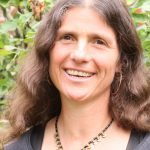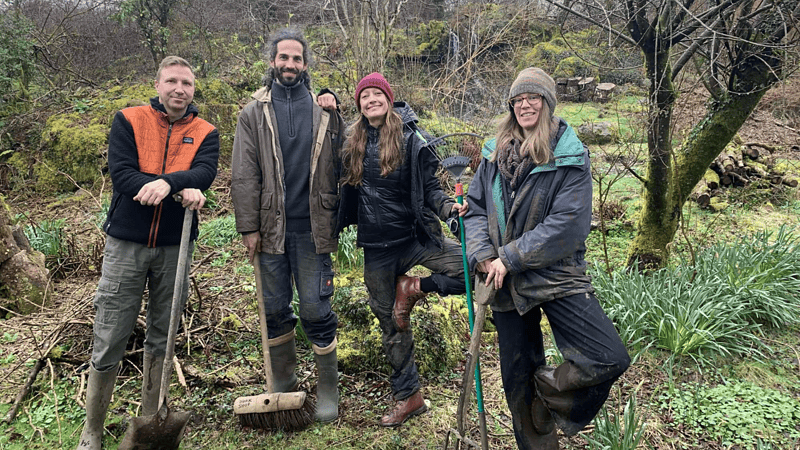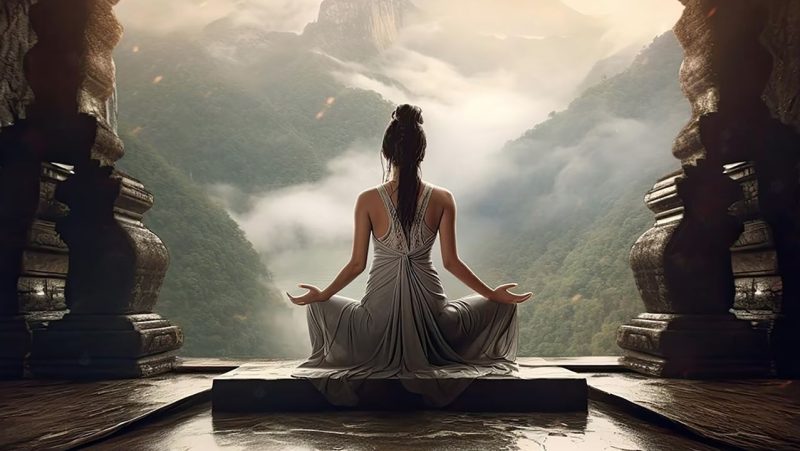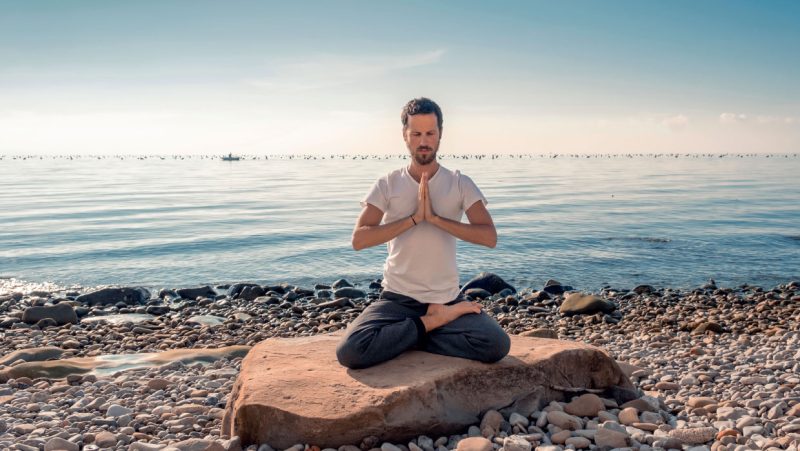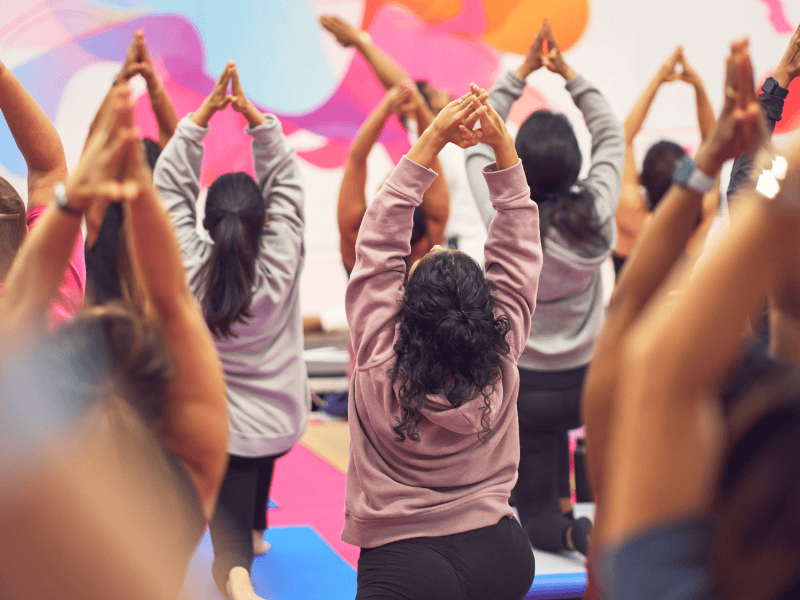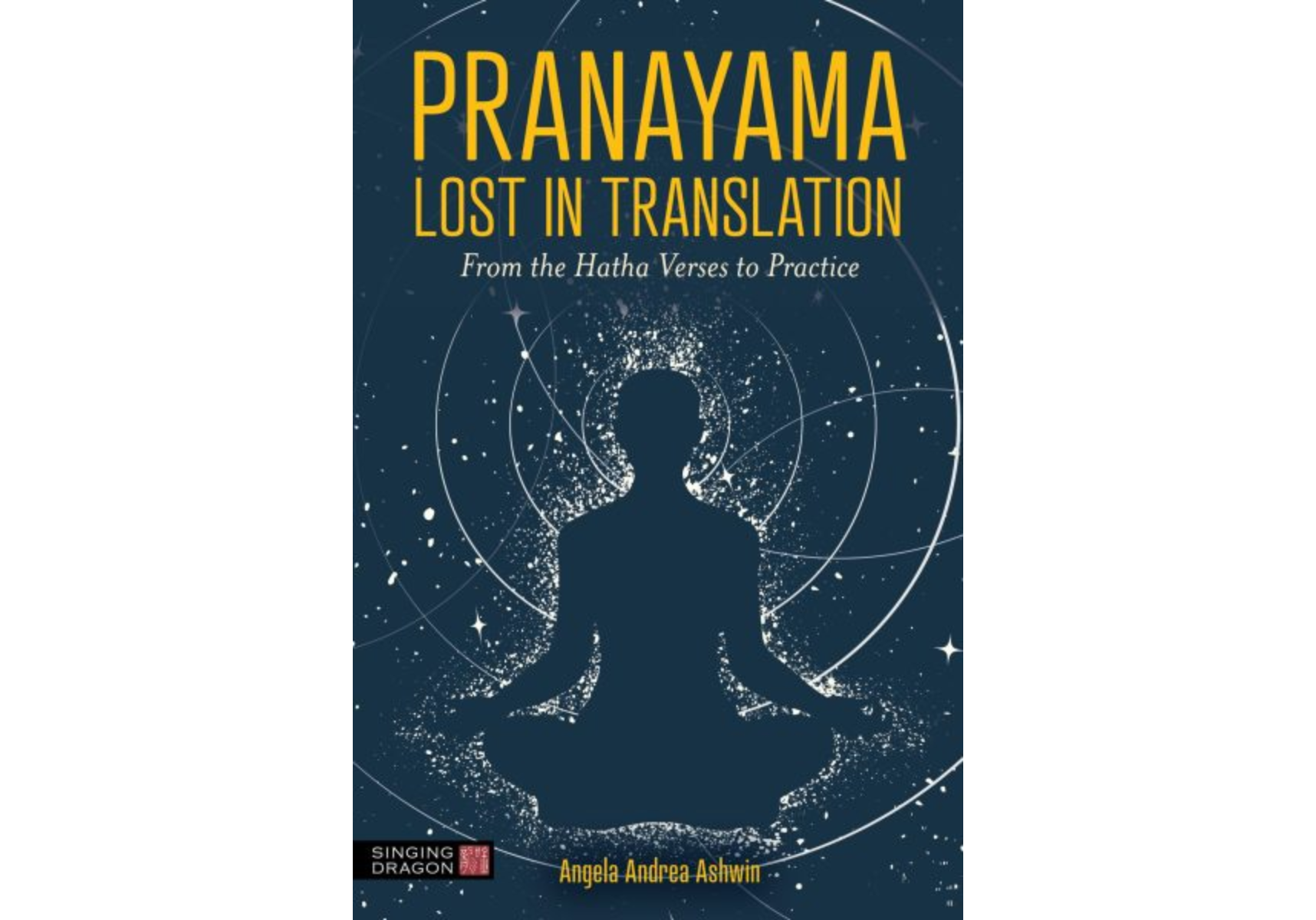
Pranayama Lost in Translation
Like for many of us, when I first came to yoga, pranayama was of secondary importance to asana. We were taught breathing techniques like the ‘complete yogic breath’ with reference to anatomy, which did not fascinate me very much, but it was only much later when I worked with the original Hatha verses, studied Sanskrit and delved deeper into pranayama practice, that I realised its fundamental role in Yoga and how mistaking it for ‘breath’ belittles its true purpose: to clear the obstacles in the pranic body to allow Prana (life force) to expand (ayama).
Reading time: 4 minutes
My study and practice of Pranayama changed my teaching. I started to introduce my changed approach of Pranayama on CPD days for the British Wheel of Yoga and organised pranayama workshop in my Yoga School. On those events I gave/give evidence from the Sanskrit texts and instruct the original teachings. Students were fascinated and I always finished a session with the question whether students think there might be truth in my approach. They confirmed that I had shown them my take in theory and practice and they saw its value. Thanks to those confirmations I wrote the book: “Pranayama Lost in Translation” which was straight away accepted by Singing Dragons Publishers and will appear in July 2025.
In the West we have been misled into believing that pranayama is respiration. Googling pranayama brings up ‘breathing exercises’ with multiple sites referring to ‘respiratory health’ or ‘increased lung capacity’. But, that is not pranayama. Pranayama is the expansion of Prana (life force), which travels from the navel centre – the place pranic force resides – outward and returns back, a movement called vayu (wind). The vayu movement is linked to the breath as it shares the same rhythm as the respiratory process, but it is substantially different.
I liken it to an orchestra: the waving of the conductors’ arms sets the rhythm (breath); the violins then play (respiration), so do by the wind instruments (vayu). While they play different tunes and are substantially different, they are held together in harmony by the conductor’s waving arms. There are other aspects of pranic movement which are independent of breath: Vyana vayu and Kundalini. These aspects of prana are pivotal to our understanding of what pranayama and Yoga really is.
Pranayama is instructed in detail in the verses of the Hatha Yoga Pradipika and other Hatha compositions. The aim of pranayama is not the increase of lung capacity, but the cessation of the breath, kevala kumbhaka, a state of deep absorption:
“tato vayum nirodhayet”, therefore cease the vayu,(that movement we call breath) HYP Ch 2, v. 3
The Yogis studied human nature by sitting and using an inner sense to perceive and felt movements of aliveness (Prana) like wind (vayu) through a fine network of 72,000 subtle Prana conductors (nadi) and found the nadis being full of obstacles (malas) that affect the flow of Prana.
The West looks at human through the lens of science and science perceives via outer senses and sees only the visible. Pranayama, which can only be perceived by the inner sense, is subsequently mistaken as an anatomical process. We therefore describe “pranayama” with terms like: nostrils, air tubes, lungs, breathing muscles and gaseous exchange, terms which are not found in any traditional Yoga verse.
This is perhaps why the word Prana is mistranslated as ‘breath’ or respiration.
Prana is life, it is an invisible force that lives within us, that force that keeps us alive. We receive life or Prana in the navel centre the moment the umbilical cord forms in the womb. Prana is not taken in with the air we breathe, it is within us all from the beginning to the end of life.
“As long as there is vayu in the body for so long there is life. Death is the departure of that (vayu) therefore cease the vayu.” (HYP Ch 2,v. 3, own translation)
The Hidden Power of Pranayama
Pranayama is not a technique to supply more life force, but a process to remove obstacles in the nadis so that Prana can freely expand on its own. The vayus expand during the inhalation, then reverse to come back to the navel centre during the exhalation. This reverse clears the system from obstacles, like a river flowing towards the ocean takes debris along, helping rid unwanted sediment from the body.
Vayu is a Sanskrit word for ‘wind’. We have five winds, four of which move in the rhythm of the breath, the final wind is independent from breath. Apana moves from the navel centre downwards and back, prana moves upwards and back, samana sidewards and back and udana into the extremities, limbs and head and back. For that reason, we can feel movement initiated by breath in all bodily areas. Like light, these four vayus expand only as far as they can reach and if there are any obstacles, shades in their path, the light won’t shine beyond them:
“malakulasu nadisu maruto naiva madhyagah”. When mala kulasa (clinging obstacles) are in the nadis, then the marut (synonym to vayu)is not in the middle (middle nadi = Sushumna) HYP Ch 2,v. 4 (own translation)
Malas are attachment and it is attachments blocking the flow of life force and cause the body to feel dull, dense and not alive. The vayu movement can reach the malas, loosen them to purify the pranic body.
The fifth vayu – vyana –moves independently from the breath. When the other vayus have started to purify the pranic body, vyana moves into the freed space, like light shining into areas freed from shadow. This is the well-known sensation of lightness and space spreading through the inner system as we practice yoga.
Kundalini, which is a dormant pranic force, is the final part of the pranayama process. This force is situated in the lowest chakra, mooladhara, at the opening of sushumna. When kumbhaka is reached kundalini starts to awaken and moves up the central channel (sushumna). In the state of kevala kumbhaka no more obstacles are left and the practitioner reaches enlightenment.
“awaken kundalini by kumbhaka and sushumna becomes free from impurities.” (HYP Ch 2,v. 75)
Awakening this Kundalini force is not just reserved for the great yoga masters, everyone can experience it with practice and guidance.
There simply isn’t Yoga without a true understanding of pranayama. It isn’t about healing the respiratory system, but helping us transform the quality of human experience to reach samadhi (complete stillness), kaivalya (Inner freedom) or moksha (self-realisation). Without pranayama there is no kumbhaka. Without kumbhaka there is no stillness. Without stillness there is no Self-realisation. And Yoga is the method to Self-realisation.
“Tat param purusha khyater… the realization of the supreme Purusha” (Patanjali 1,16 own translation)
Angela is teaching Yoga since 30 years, and been a Diploma Course Tutor for the British Wheel of Yoga for 20 years.. She is the author of the book: “Pranayama Lost in Translation” appearing with Singing Dragons Publishers in July 25. She is giving workshops on pranayama and other topics in life and zoom. You can join a workshop if you want to be instructed into the here described experience of pranayama.
info@angela-ashwin.co.uk; www.angela-ashwin.co.uk

